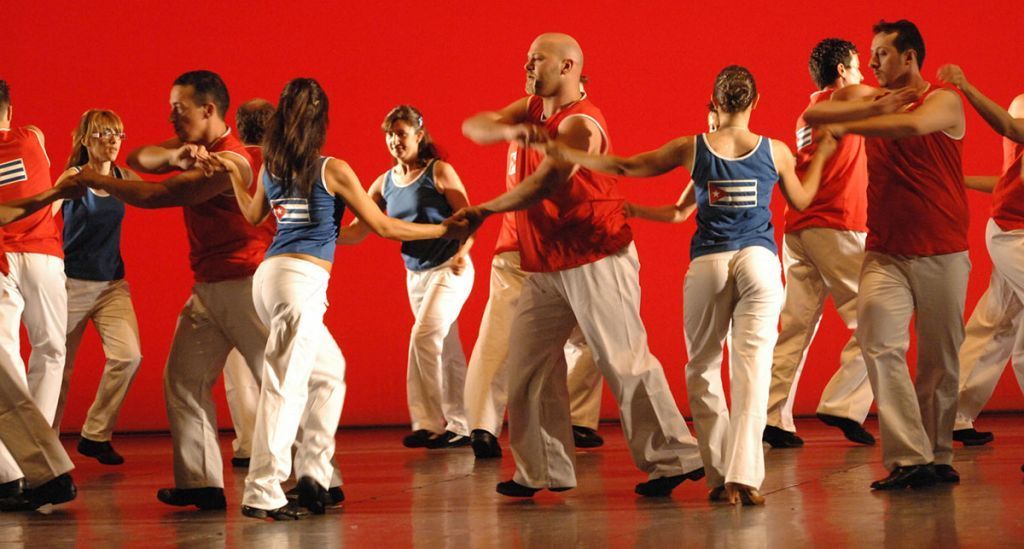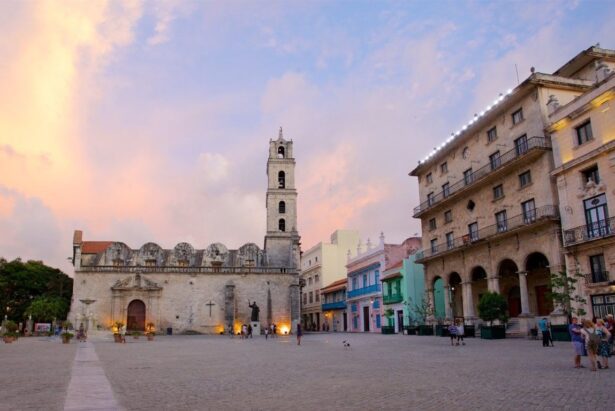Cuban Sauce. Which is the Cuban salsa: Son, Guaracha or Timba?
Cuban Salsa. What is the salsa, cuban son, Guaracha, or Timba?

What is cuban salsa?
A friend approached me one day and asked me the question: What is cuban salsa? I hesitated for a few seconds, because, despite knowing a little bit of music, the term I was not very common. I mixed a little son, guaracha, and timba.
A musician known to us explained that it was simply the cuban son in disguise for commercial purposes. “These changes of nomenclature, more than a difference of a musical, while there have to do with the selling strategies. Above all, it was the response to a need to distinguish the music with roots in the caribbean that were made in the united States,” he assured us.
The investigation continued and the results of it made it clear that the word “Sauce” created a lot of controversy since the early ’70s; but as it was gaining ground became stronger, more genuine, and with countless followers.
The cuban is different. It takes elements of the son montuno, guaracha and salsa. It is music for dancing in the neighborhoods or in the cabarets, either in the street style, or casino-style. Dating from the second half of the NINETEENTH century, the crucial stage in the process of crisscross and creolization of musical genre and dance from both Africa and Europe. From that stage, the cubans have been characterized for being partiers and dancers.
The danzón had his part in this story as a direct son of the habanera and the quadrille. Marked the entry of Cuba in the TWENTIETH century. From there, the rhythms were part of a constant renewal: danzón, danzonete, the east at the beginning of the decade of the 30s, the mambo in the 40s, the cha-cha-cha in the 50s, the pachanga in the 60, and so on until you reach the songo in the 80 and timba in the 90s.
The essence is that with this type of music is applied to the spins of the couples dance around a central point. The woman almost always taken from the hand of his companion. Sometimes with pauses, sometimes a tap or tap and quick turns to accentuate the rhythm. The bands are preferred in the concerts dance of this modality are many in Cuba. Among them are: Los Van Van, Pupi y los que son son, Manolito Simonet y su Trabuco, Yuli and Havana C, Habana de Primera, Elio Revé, and his Band, Charanga Habanera, Adalberto Alvarez y su son, NG La Banda, among other…
The development of the sauce (for foreigners) or the timba (for cubans), has turned Cuba into a musical country, where they constantly seek new fusions that are responsive to the needs of dancers.
Finally, according to this dilemma, we participated in a discussion about music. A specialist said: “that music is passed through water, it does not keep the essence and mix it with whatever comes up”. What reality? Is that so, “mojadita”, heats up the track and makes it more cuban. Referring to are, timba, salsa, and don’t stop to dance it. This is cuban salsa.
Take a tour of all of Cuba, accompanied by professional tour guides. Visit our offers of tour for a week, 5 days, and 4 days. (Tours, personal guides and accommodations in rental houses)
Featured articles

How to get married in Cuba? Requirements, costs and best destinations
¿Cómo casarse en Cuba? Requisitos, costos y mejores destinos getting Married in Cuba is an attractive option for many couples, both foreign and domestic, who seek an environment of tropical and exotic to their union. Below, we detail the

How to discover Old Havana? Do it in one day!
How to discover Old Havana? Do it in a day! Hello! In this article, we will guide you step by step to discover the charms of this district is vibrant of the cuban capital. From its cobbled alleys until

Digital Marketing Course in Cuba: Boost your Professional Future
Course of Digital Marketing in Cuba: Power your Professional Future digital marketing has become an essential tool for businesses around the world, and Cuba is no exception. With the rise of internet and the social networks, the cuban enterprises

Comments